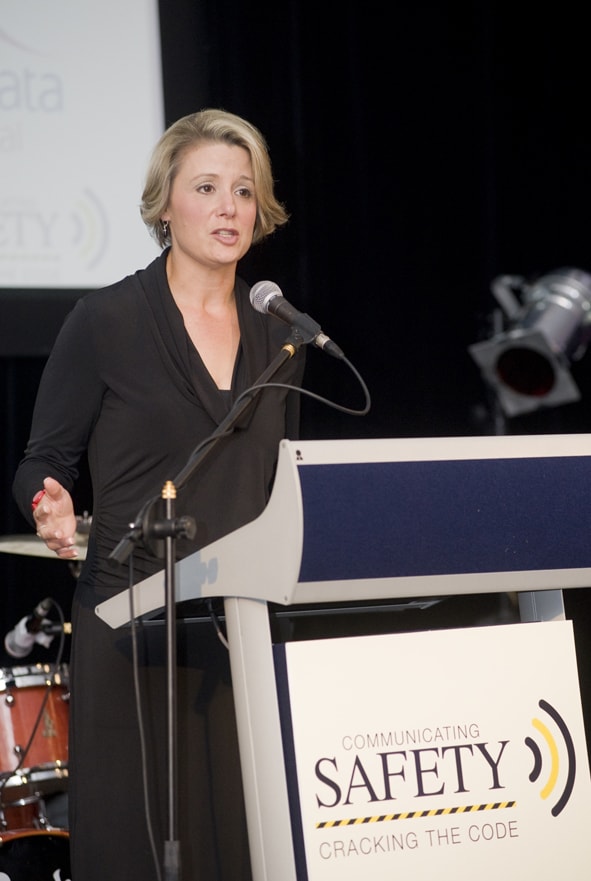It is always fascinating to hear of directors of companies being found personally guilty for workplace health and safety breaches because it seem to happen so rarely.
The latest instance in Australia occurred on 3 December 2010 following a 2007 death of a 22-year-old rigger named Luke Aaron Murrie. Below is WorkSafe Western Australia‘s media release on the case.
“A Malaga hoist and crane company has been found guilty of failing to provide and maintain a safe workplace and, by that failure, causing the death of a worker.
Two Directors of the company were also found guilty of breaching a section of the Occupational Safety and Health Act dealing with offences that occur with the consent or connivance of a Director or are attributable to the neglect of the Director. Continue reading “Neglect by company directors found to have contributed to death of worker”


